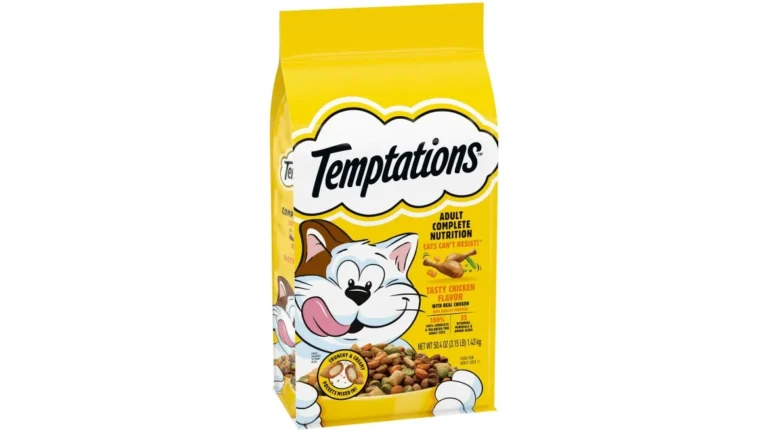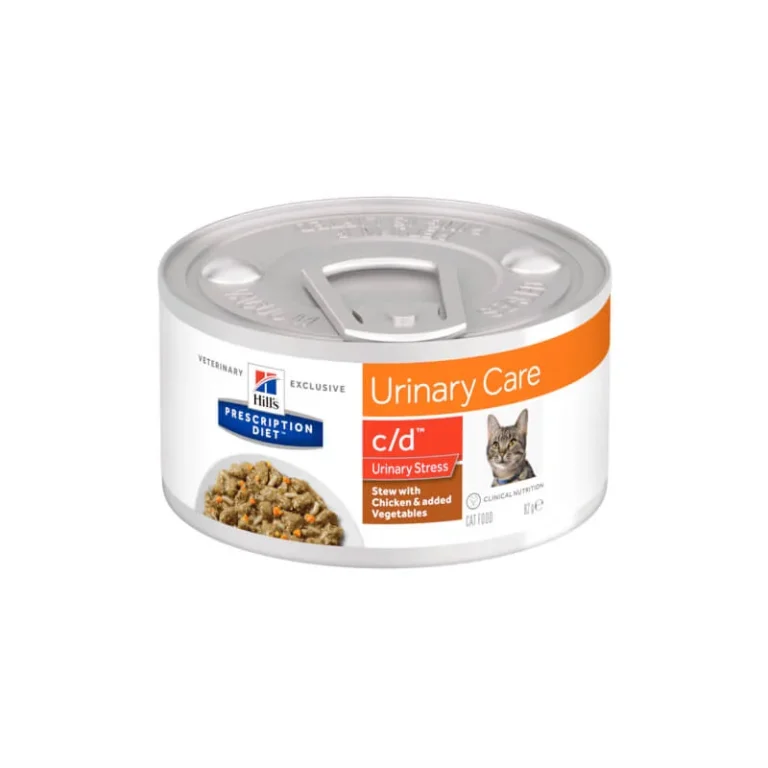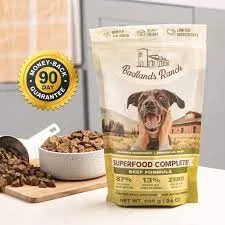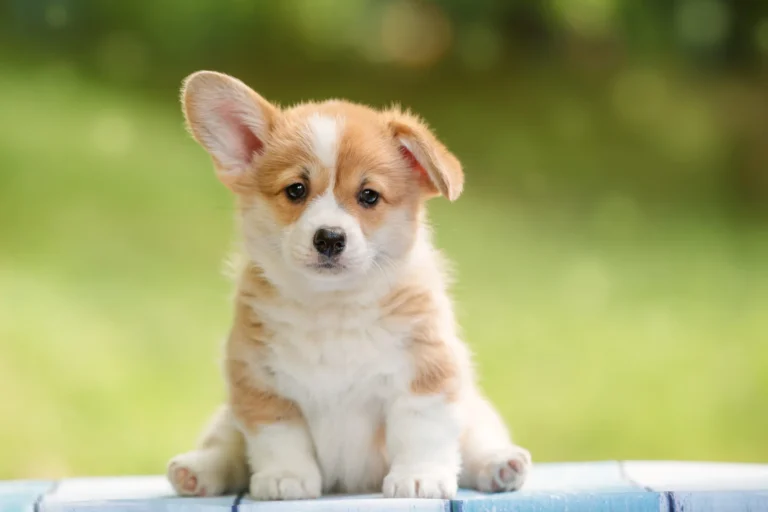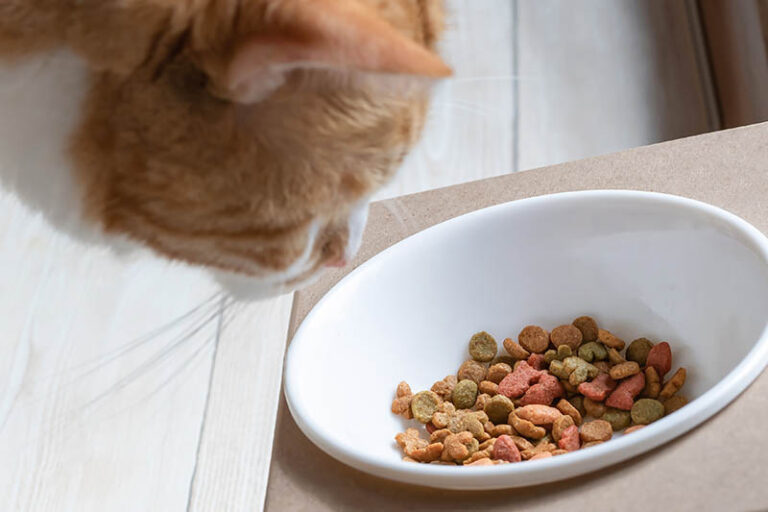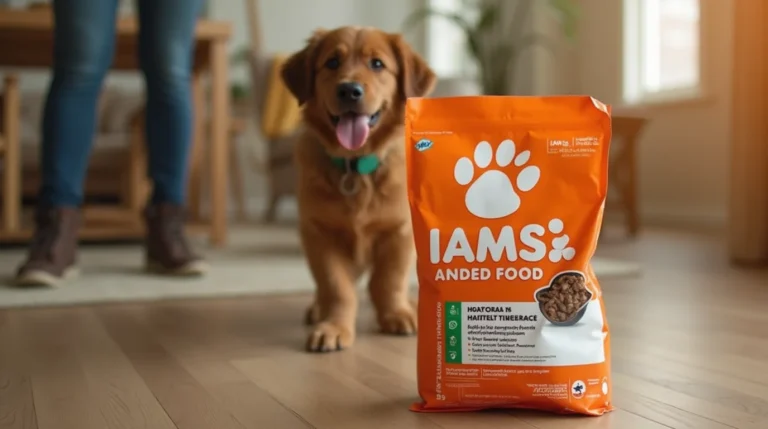Table of Contents
Cats are strict carnivores, requiring a diet high in animal protein and moisture content. Cat wet food, or canned cat food, is a popular choice for pet owners. It offers hydration, high-quality protein, and important nutrients. But is it the best option for your cat?
This guide explores the advantages, disadvantages, and how to choose the right wet food for your feline friend.
What Is Cat Wet Food?
Wet cat food is a type of moist, canned food that typically contains high levels of animal protein, fats, and essential vitamins. It is made with a combination of:
- Meat, poultry, or fish (chicken, beef, turkey, tuna, salmon)
- Broth or water for moisture
- Essential nutrients (taurine, vitamins, and minerals)
Wet food comes in various textures, including pâté, chunks in gravy, shredded, and minced.
Advantages of Cat Wet Food
1. High Moisture Content for Hydration
Cats often don’t drink enough water, leading to dehydration and kidney issues. Wet food contains 70-80% water, helping cats stay hydrated.
2. Rich in High-Quality Animal Protein
Since cats need a meat-based diet, wet food provides a high protein content, supporting muscle growth, energy, and overall health.
3. Helps Prevent Urinary and Kidney Issues
Wet food has extra moisture. This keeps a healthy urinary tract. It can lower the risk of kidney disease and bladder stones.
4. Easier to Chew for Senior Cats
Older cats with dental issues or missing teeth may find wet food easier to eat compared to dry kibble.
5. More Palatable and Appealing
Wet food has a strong aroma and soft texture, making it more appealing for picky eaters.
6. Supports Weight Management
Some wet foods are lower in carbohydrates, helping prevent obesity and diabetes in cats.
Disadvantages of Cat Wet Food
1. Shorter Shelf Life After Opening
Once opened, wet food must be refrigerated and consumed within 24-48 hours, or it will spoil.
2. More Expensive Than Dry Food
Wet food tends to be more expensive than kibble because of its higher meat content and moisture levels.
3. Can Be Messy
Unlike dry food, wet food can be messy, requiring proper storage and cleaning after feeding.
4. May Contribute to Dental Issues
Since wet food doesn’t have the crunch of dry kibble, it doesn’t naturally help clean teeth. Some cats may develop plaque buildup if they don’t receive dental care.
5. Requires More Frequent Feeding
Cats fed only wet food may need to eat multiple small meals daily, as it doesn’t stay fresh in the bowl for long.
How to Choose the Best Cat Wet Food
1. Check the Ingredients
✅ High-Quality Protein – Look for real meat as the first ingredient (chicken, turkey, beef, or fish).
✅ Essential Nutrients – Ensure it contains taurine, omega fatty acids, and vitamins.
✅ Low Carbohydrates – Avoid foods with too many fillers like corn, wheat, or soy.
2. Consider Your Cat’s Age and Health Needs
🐱 Kittens – Need high-protein, high-calorie wet food for growth.
🐱 Adults – Balanced protein and fat for maintenance.
🐱 Seniors – Softer textures and added joint support.
🐱 Cats with health issues benefit from some wet foods formulated for urinary health, weight loss, or allergies.
3. Choose the Right Texture
- Pâté – Smooth and soft, good for kittens and seniors.
- Chunks in Gravy – Meaty pieces in liquid, great for hydration.
- Shredded/Minced – Thin strips, appealing for picky eaters.
4. Consider Your Budget
Some premium brands provide better quality meat and no fillers. In contrast, budget brands often contain more by-products and artificial ingredients.
Is Wet Food Better Than Dry Food?
FeatureWet FoodDry FoodMoisture70-80% (Hydrating)10% (Dehydrating)ProteinHigh-Quality MeatOften Contains More FillersShelf LifeShort After OpeningLong Shelf LifeDental HealthMay Cause Plaque BuildupHelps Reduce PlaqueCostMore ExpensiveMore AffordableConvenienceNeeds RefrigerationEasy to Store and Serve
Best Option? A combination of wet and dry food is often recommended for a balanced diet.
How to Transition Your Cat to Wet Food
If your cat is used to dry food, gradually introduce wet food over 7–10 days to avoid digestive upset:
1️⃣ Day 1-3: 75% dry food, 25% wet food
2️⃣ Day 4-6: 50% dry food, 50% wet food
3️⃣ Day 7-9: 25% dry food, 75% wet food
4️⃣ Day 10: 100% wet food (if fully switching)
Conclusion: Should You Feed Your Cat Wet Food?
✅ YES, if your cat needs extra hydration, a high-protein diet, or struggles with urinary issues.
❌ NO, if you’re looking for a budget-friendly, low-maintenance feeding option.
Final Recommendation: Wet food is a great choice for cat nutrition. However, mixing it with dry food can provide the best benefits.
Cat wet food


